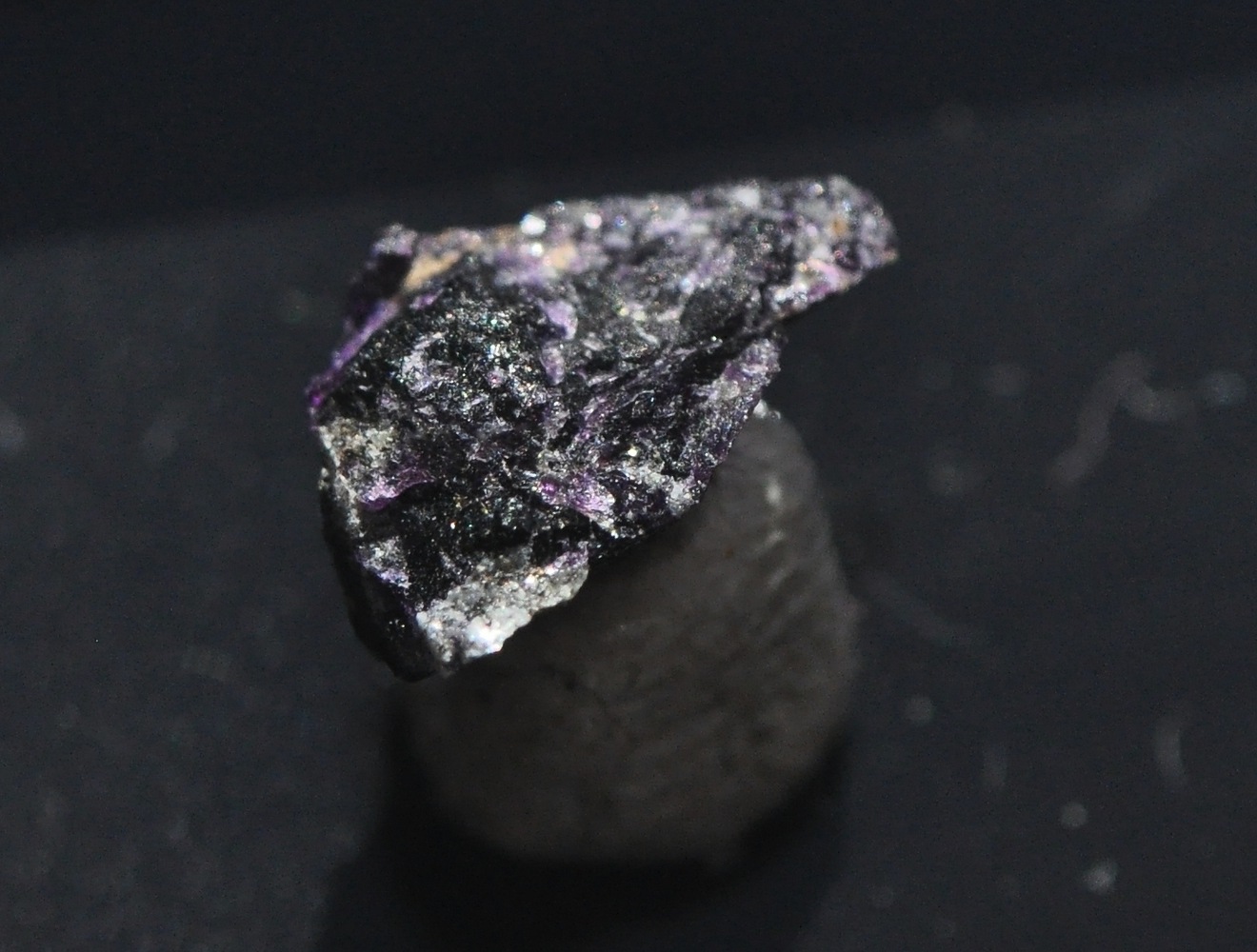
Zhangpeishanite might sound like a tongue-twister, but it's a fascinating mineral with a story to tell. Named after the Chinese geologist Zhang Peishan, this rare mineral is a member of the borate family. Found primarily in China, Zhangpeishanite is known for its unique crystal structure and vibrant colors. It's not just a pretty face; this mineral has significant scientific value. Geologists and collectors alike are drawn to its rarity and beauty. Whether you're a budding geologist or just curious about the natural world, learning about Zhangpeishanite can be both educational and exciting. Ready to dive into 30 intriguing facts about this captivating mineral? Let's get started!
Key Takeaways:
- Zhangpeishanite is a rare mineral discovered in China, named after geologist Zhang Peishan. It has unique properties, including a glass-like appearance and potential use in scientific instruments and advanced ceramics.
- While not suitable for jewelry, Zhangpeishanite is a prized addition to mineral collections. Its rarity, fluorescence under UV light, and association with other rare minerals make it a fascinating specimen for enthusiasts and researchers.
What is Zhangpeishanite?
Zhangpeishanite is a rare mineral that has intrigued geologists and mineral enthusiasts alike. Named after the Chinese geologist Zhang Peishan, this mineral has unique properties and a fascinating history. Let's dive into some intriguing facts about Zhangpeishanite.
Origins and Discovery
Understanding where and how Zhangpeishanite was discovered adds to its allure.
- Zhangpeishanite was first discovered in China. Specifically, it was found in the Bayan Obo mining district, which is known for its rich deposits of rare earth elements.
- Named after Zhang Peishan, a prominent Chinese geologist. His contributions to geology, particularly in China, were honored by naming this mineral after him.
- Discovered in the late 20th century. This makes it a relatively recent addition to the world of mineralogy.
- Found in association with other rare minerals. Zhangpeishanite often occurs alongside minerals like bastnäsite and monazite.
Chemical Composition
The unique chemical makeup of Zhangpeishanite sets it apart from other minerals.
- Zhangpeishanite is primarily composed of barium and boron. Its chemical formula is BaB2O4.
- Contains trace amounts of other elements. These can include calcium, magnesium, and iron.
- Crystallizes in the orthorhombic system. This gives it a distinct crystal structure.
- Has a high specific gravity. This means it is denser than many other minerals.
Physical Properties
The physical characteristics of Zhangpeishanite make it a subject of interest for collectors and scientists.
- Typically appears as colorless or white crystals. However, it can sometimes exhibit a slight yellowish tint.
- Has a vitreous luster. This gives it a glass-like appearance.
- Hardness on the Mohs scale is around 5. This makes it relatively hard but not as hard as quartz.
- Exhibits perfect cleavage in one direction. This means it can easily split along one plane.
Geological Significance
Zhangpeishanite's presence in certain geological settings provides insights into Earth's history.
- Found in carbonatite deposits. These are rare igneous rocks rich in carbonate minerals.
- Associated with hydrothermal processes. These processes involve the circulation of hot, mineral-rich water through rocks.
- Can indicate the presence of other rare earth elements. This makes it valuable for mining and geological surveys.
- Helps in understanding the formation of rare earth element deposits. Its presence can provide clues about the geological history of an area.
Uses and Applications
While not widely used, Zhangpeishanite has some niche applications.
- Studied for its unique optical properties. These properties can be useful in certain scientific instruments.
- Used in research on barium and boron compounds. This research can have applications in various fields, including materials science.
- Collected by mineral enthusiasts. Its rarity and unique properties make it a prized addition to mineral collections.
- Potential use in advanced ceramics. Its chemical composition could make it useful in developing new ceramic materials.
Environmental Impact
Mining and processing Zhangpeishanite can have environmental implications.
- Extraction often involves significant environmental disruption. This is due to the need to mine large amounts of rock to find small quantities of the mineral.
- Processing can produce hazardous waste. This waste needs to be managed carefully to avoid environmental contamination.
- Recycling of rare earth elements can reduce the need for mining. This can help mitigate some of the environmental impacts associated with Zhangpeishanite extraction.
- Sustainable mining practices are being developed. These practices aim to minimize the environmental footprint of mining operations.
Interesting Tidbits
Some lesser-known facts about Zhangpeishanite add to its mystique.
- Not commonly found in jewelry. Its rarity and specific properties make it unsuitable for most jewelry applications.
- Can fluoresce under UV light. This makes it an interesting specimen for mineral collectors.
- Has been the subject of several scientific papers. Researchers continue to study its properties and potential applications.
- Sometimes confused with other barium minerals. Its appearance can be similar to minerals like witherite and baryte.
- Rarely found in large quantities. Most specimens are small and require careful extraction.
- Considered a collector's item. Its rarity and unique properties make it highly sought after by mineral collectors.
The Final Word on Zhangpeishanite
Zhangpeishanite, a rare mineral, has fascinated geologists and mineral enthusiasts alike. Its unique properties and limited occurrence make it a subject of great interest. Found primarily in China, this mineral's distinct crystal structure and composition set it apart from others. Understanding its formation and characteristics can provide insights into geological processes and the Earth's history.
Whether you're a student, a professional geologist, or just someone curious about the natural world, knowing about Zhangpeishanite adds a fascinating layer to your knowledge. It reminds us of the Earth's incredible diversity and the ongoing discoveries that continue to shape our understanding of the planet.
Keep exploring, stay curious, and who knows? You might stumble upon the next big discovery in the world of minerals. Zhangpeishanite is just one piece of the vast puzzle that makes up our planet's geological wonders.
Frequently Asked Questions
Was this page helpful?
Our commitment to delivering trustworthy and engaging content is at the heart of what we do. Each fact on our site is contributed by real users like you, bringing a wealth of diverse insights and information. To ensure the highest standards of accuracy and reliability, our dedicated editors meticulously review each submission. This process guarantees that the facts we share are not only fascinating but also credible. Trust in our commitment to quality and authenticity as you explore and learn with us.


